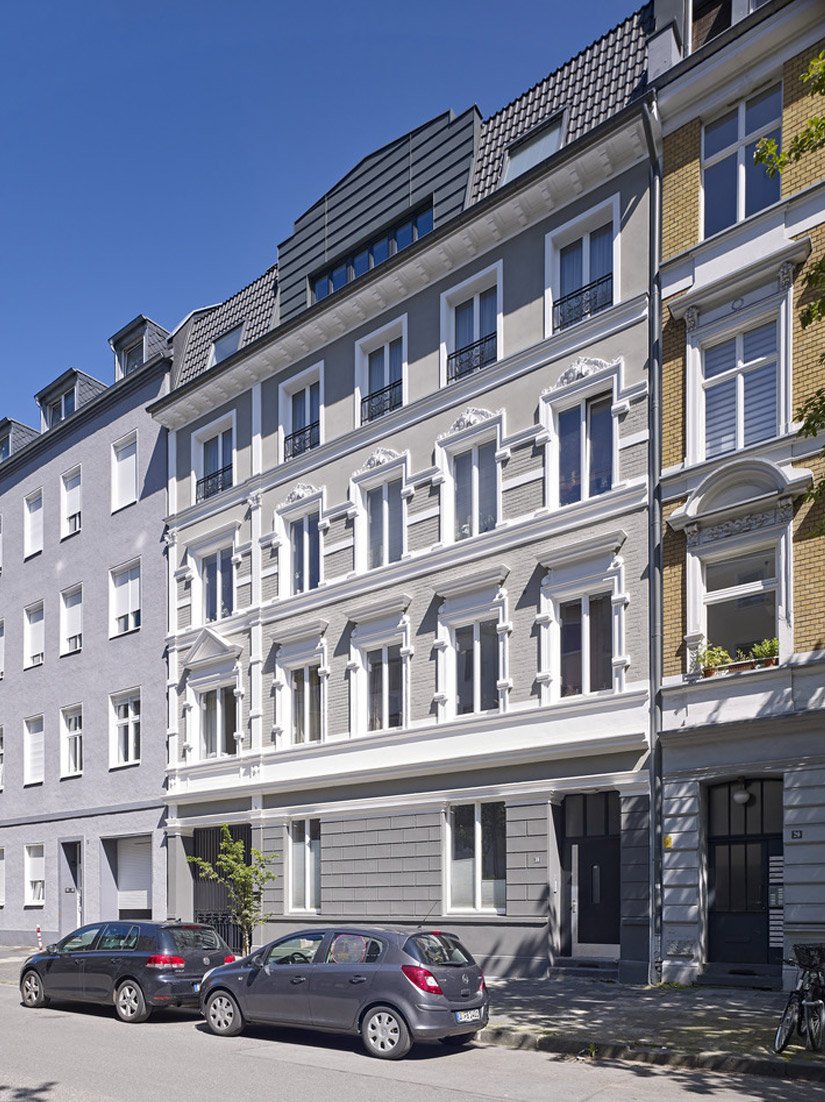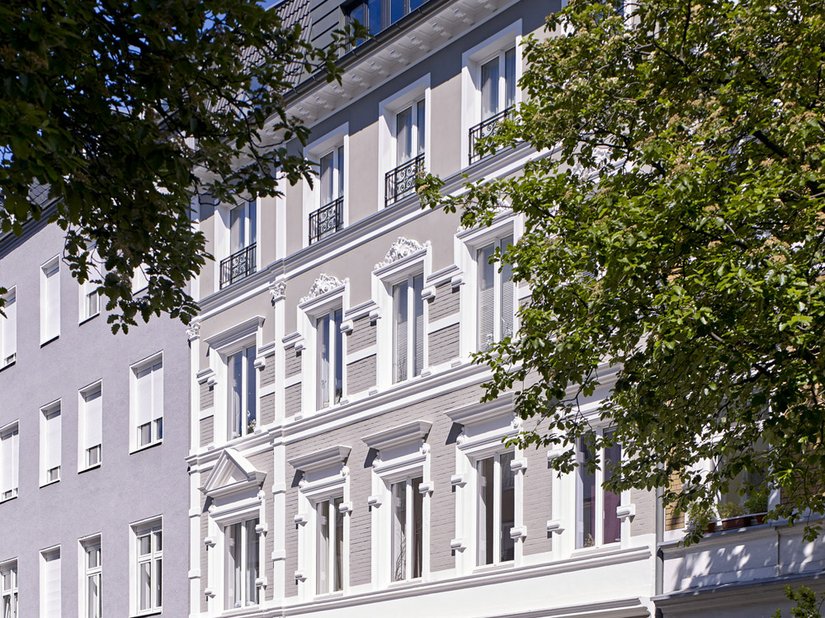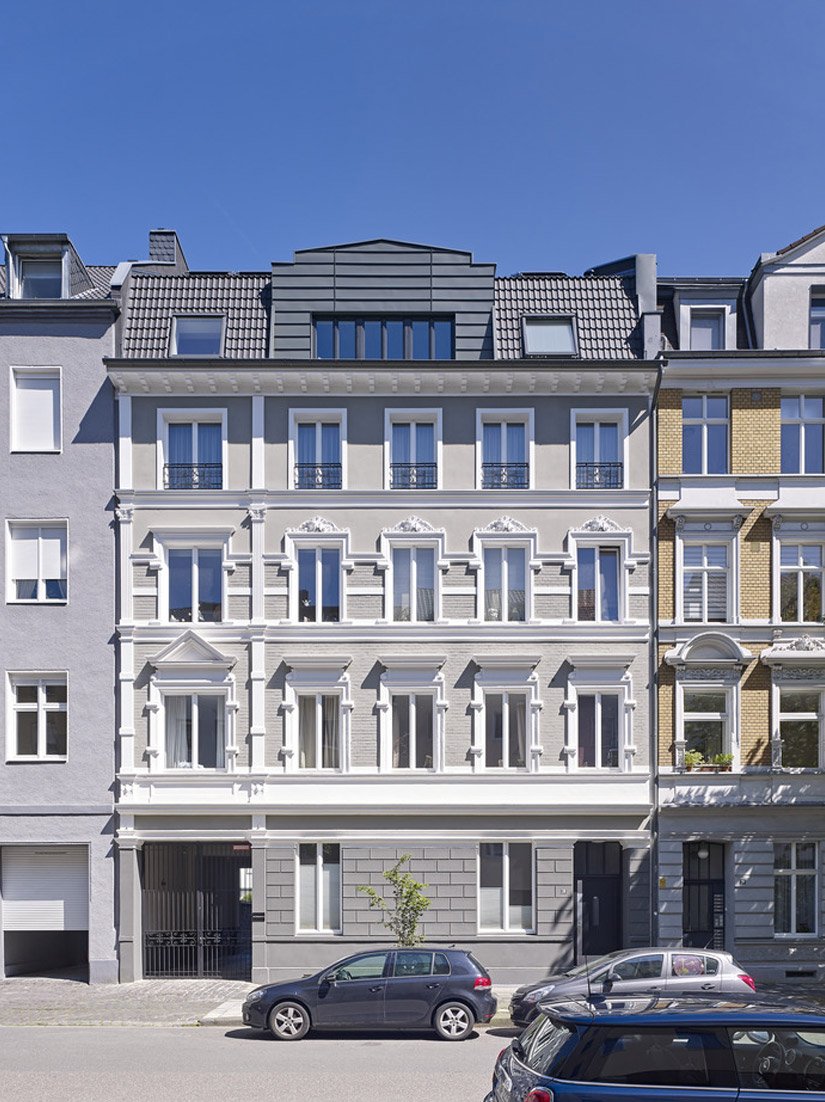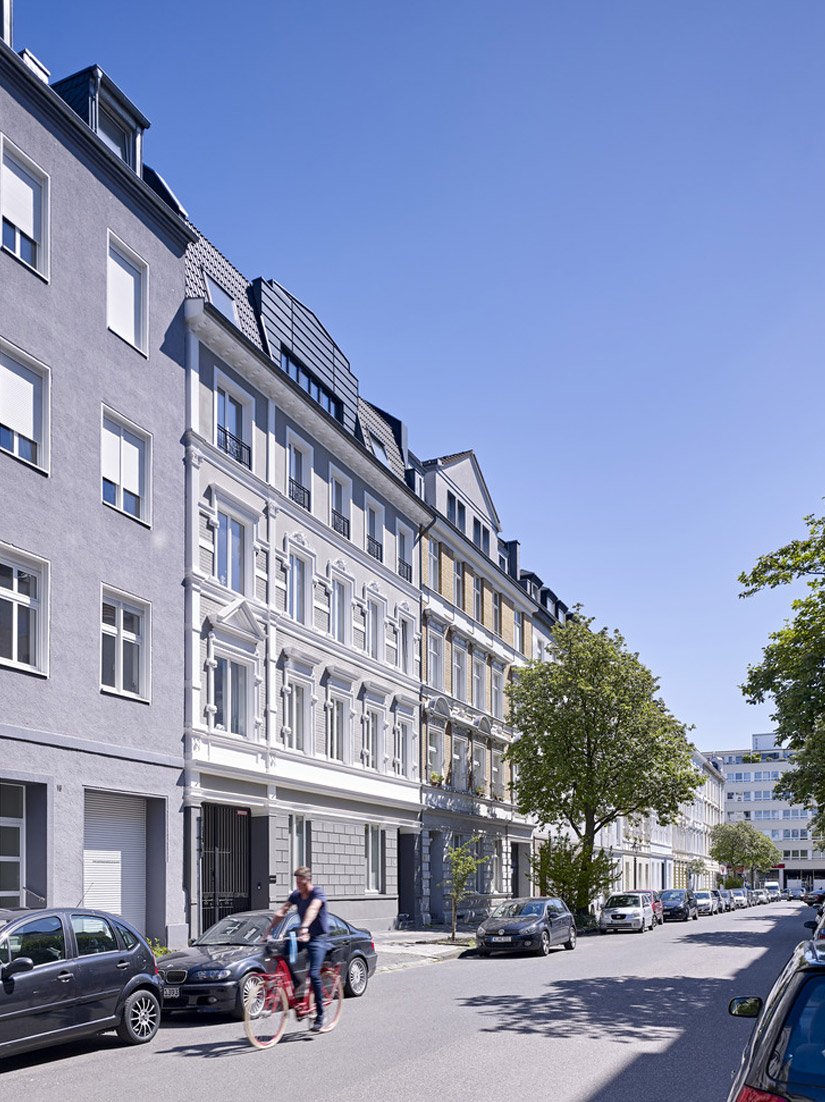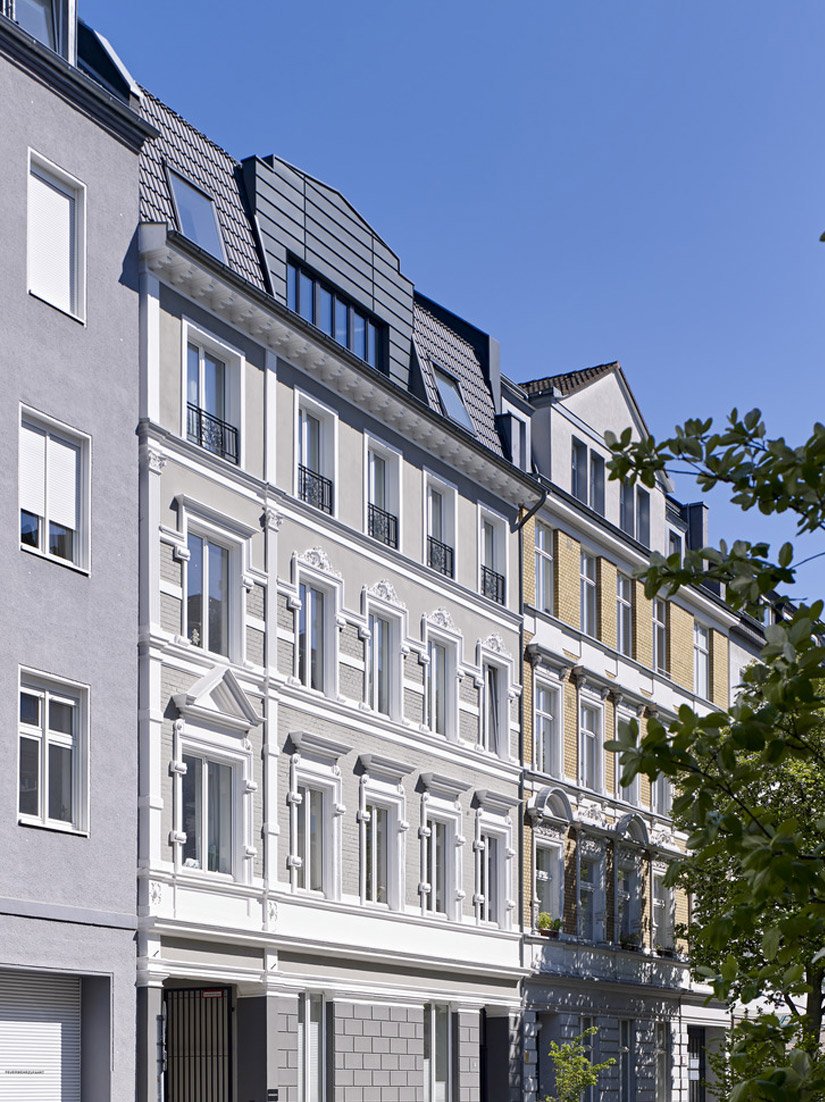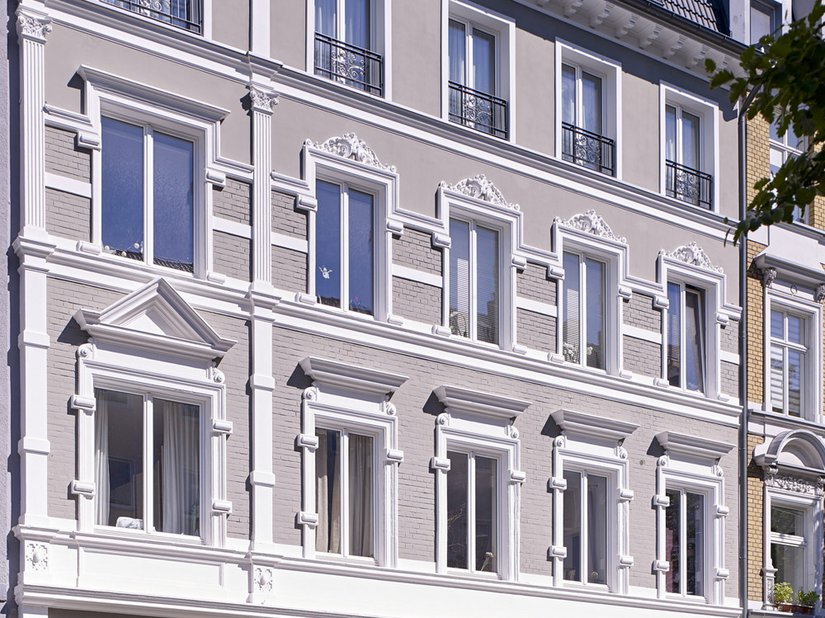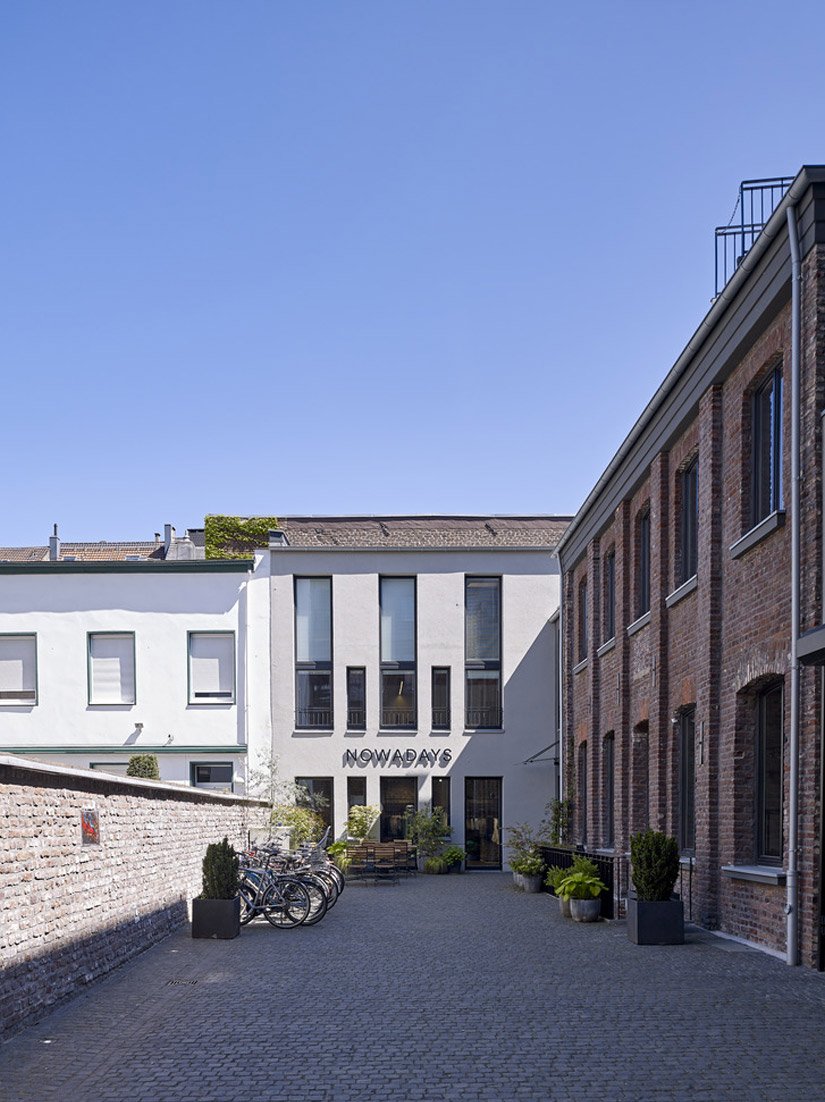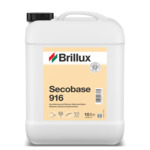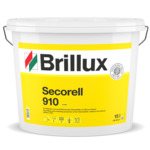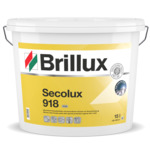Historicist facade, Düsseldorf
Elevation and a new, colored outline.
Board
Location Wissmannstr. 18, 40219 Düsseldorf
Planning hecker architekten, Düsseldorf
Execution Malerbetrieb Egon Reipen und Sohn, Neuss
The building, having been recently carefully restored – to increase color segmentation and sensitive color division – now has a harmonious appearance, combining beautifully with its neighboring buildings.
This building is an original town house dating from the year 1894. However, it was an optical illusion; the top two floors were missing. The original plan had an equal number of levels. Up until the second floor, the building had a delicate facade with a proper ground floor and a gateway that connected to the courtyard. After a change of ownership, there was an opportunity to completely alter the appearance. Then three additional floors were planned and executed. The additional floor was very cleverly integrated and the original facade was carefully restored, with a great deal of attention to detail and love. The deep parapets on the third floor with historical railings for protection, and the reconstructed frieze at the same height as the adjacent building camouflaged the additional floor. The facade shines in a warm shade of taupe gray. The strongly structured and ornate window frames have been painted white.
The elements particularly shine through, with the play of light and shadow. The individual floors are also separated by white-painted moldings, giving the facade its brightness. The ground floor has been painted in a darker gray shade than the rest of the facade, giving the building solidity and visual appeal.

